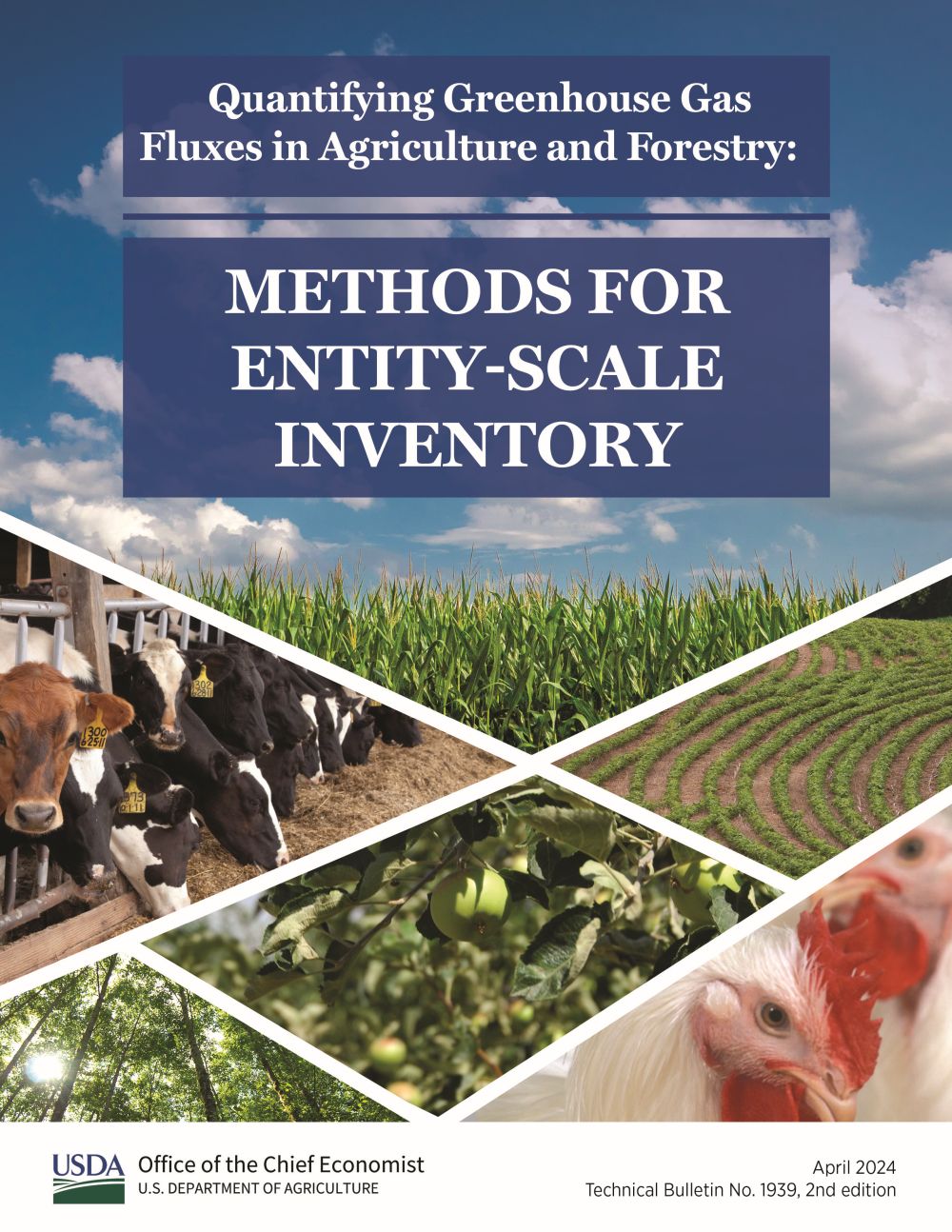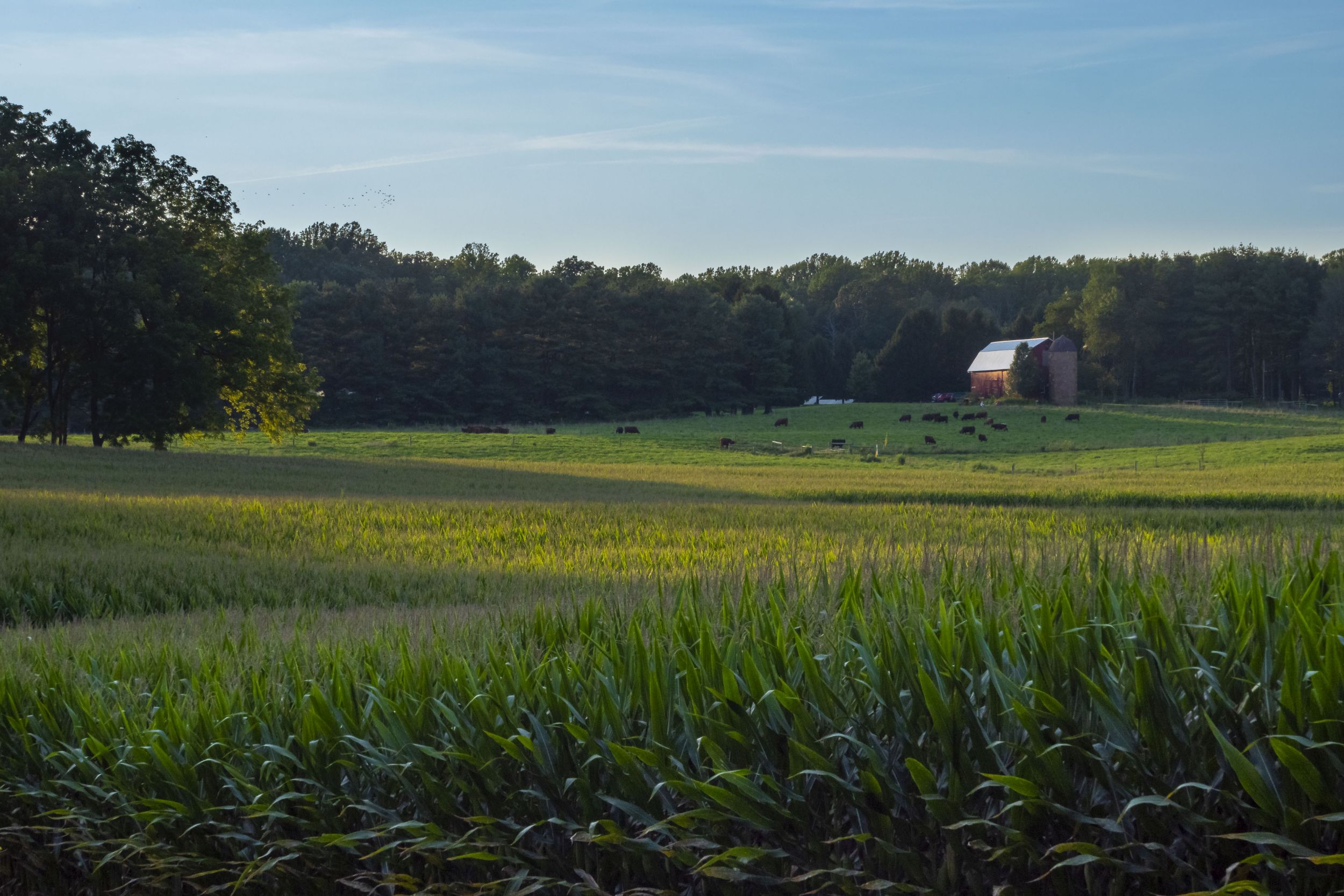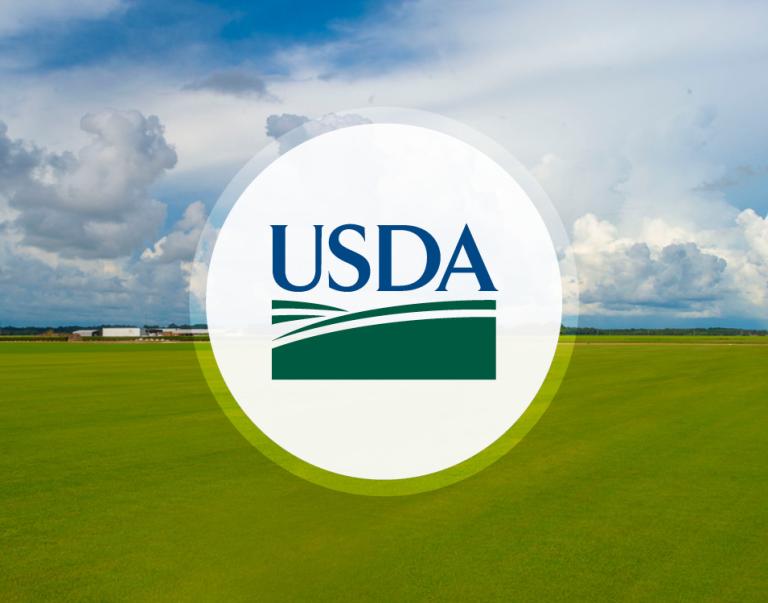Quantifying Greenhouse Gas Fluxes: Methods for Entity-Scale Inventory


This report provides users with the methods needed to quantify GHG fluxes from agriculture and forestry systems. This includes fluxes from croplands and grazing lands, animal production, forestry, wetlands, and land-use change.
The methods in this report serve as the foundation for COMET-Farm, a publicly available web-based tool co- developed by USDA and Colorado State University. COMET-Farm helps users create a detailed GHG inventory of their operation and evaluate a range of alternative management practices that, if adopted, could reduce GHG emissions or increase carbon sequestration.
Since the onset of the Industrial Revolution, human activities have driven increases in global atmospheric concentrations of greenhouse gases (GHGs), including carbon dioxide, methane, and nitrous oxide. These GHGs trap heat in the atmosphere, causing changes to temperature and precipitation patterns. Since 1880, the average global temperature has increased at least 1.1°C.
For more climate change related resources and information, please visit the OCE Climate Change website and the USDA Climate Hubs.

Contact Us
Office of Energy and Environmental Policy
1400 Independence Ave., SW
Washington, DC 20250
Phone: 202-401-0846
Email: sm.oce.methodsreport@usda.gov
Website: www.usda.gov/oce/energy-and-environment



